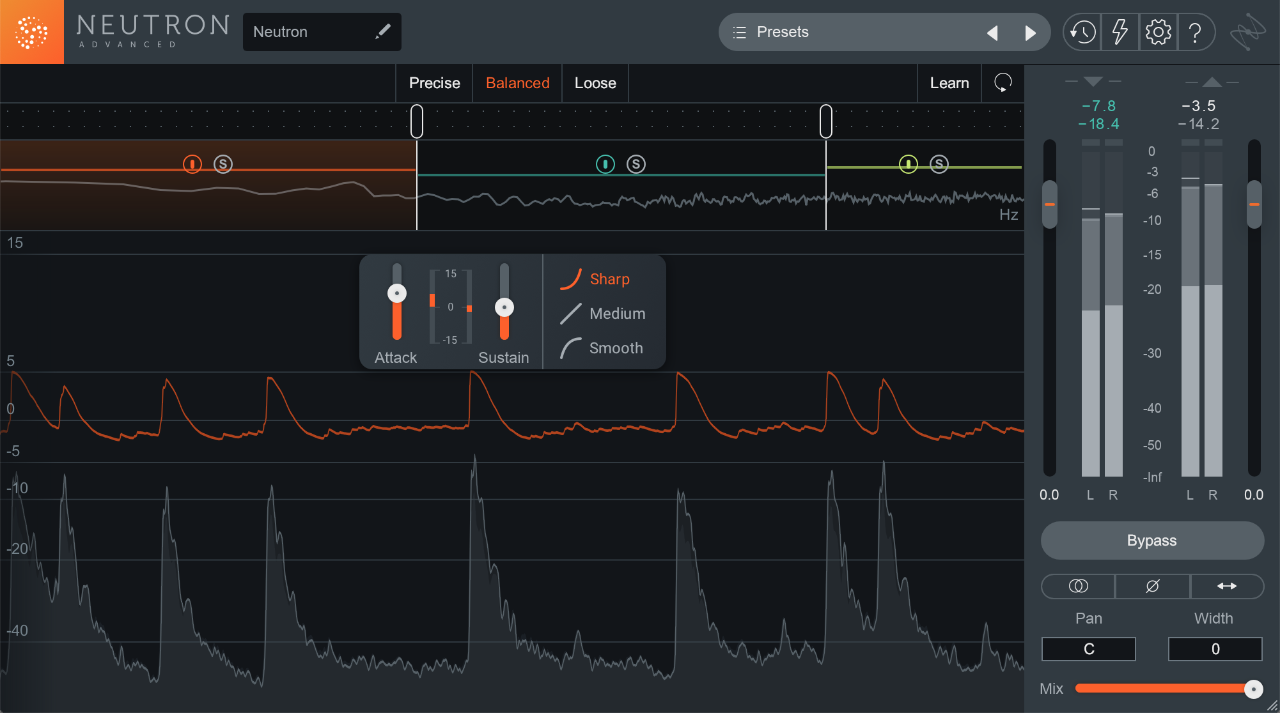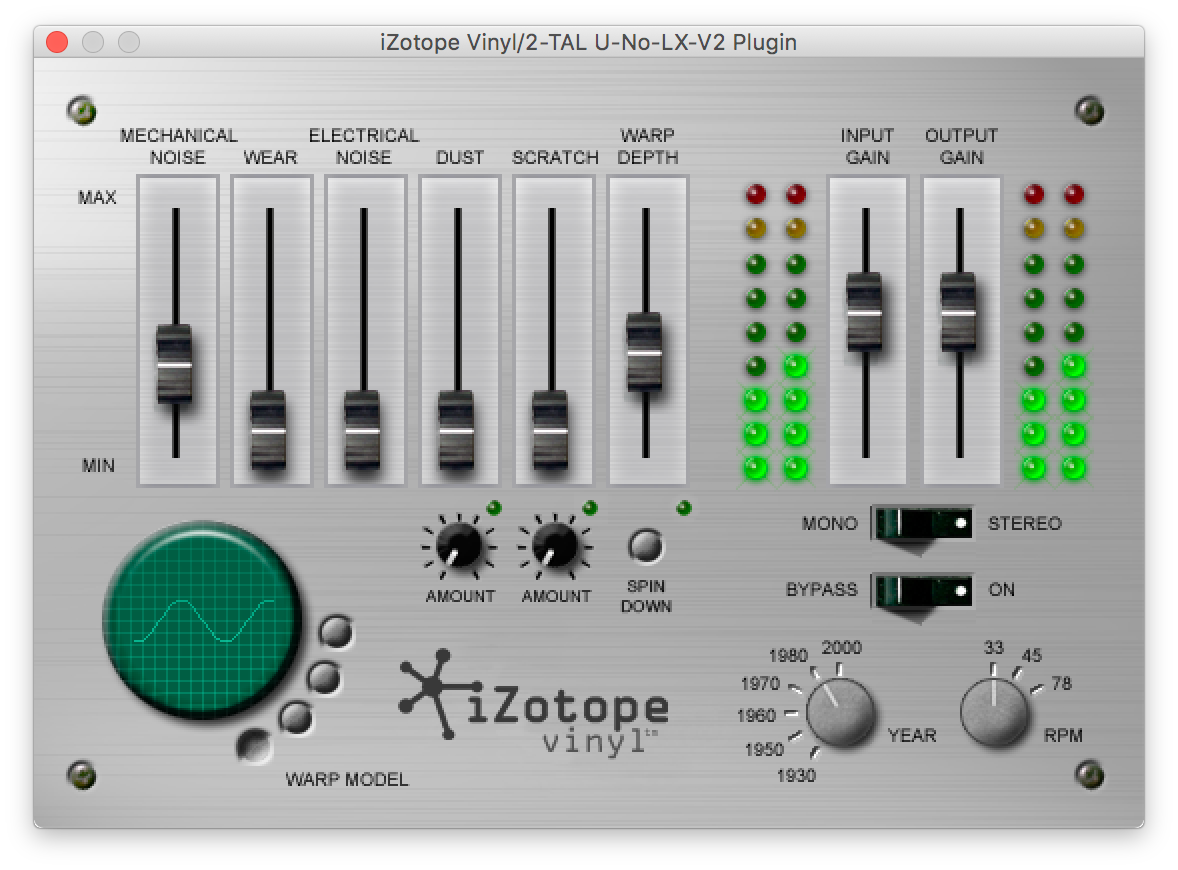How to Make Audio Samples (Best for Beginners)
Form a band online, promote your music, buy custom beats, sound parts, and share your Beat or Track as a Royalty Free loop with us. Collaborate to make beats online with the best loop makers from around the world on the Forum for musicians and beat makers. Keep up to date with Music News and learn from FL Studio Video Tutorials and the articles on the Blog. Free DAW Music Software downloads, VST and Instrument Packs for FL Studio, Pro Tools, Logic, Ableton, and how to use the most popular free DAW Software, Fruity Loop Plugins, MIDIs and more.
Take a moment and think what the music world would look like if loops and samples never took hold. What would rap, or techno sound like?
Modern music is almost soley composed nowadays from other peoples loops or samples from other peoples music.
But perhaps the good old days of sampling are behind us, once the copyright infringement era dawned. That's one of the reasons why loopazon.com is so important, a place where loops can be shared with no strings attached.
To bypass the tedious task of manipulating a loop, music makers and basement beat producers are turning to loopazon.com, that provides royalty free samples and loops.
1. Transient shaping
You know that loud sudden sound at the start of a waveform, that's a transient and it's what gives audio a lot of character. All instruments have transients but they are by far most obvious when using drum or percussion instrumens. A snare for example will decide if a "crack", "snap", or "flop" is heard.
You may find yourself mindlessly searching through drum samples time and time again that are like "Great drum selection, but there's bad room tone or reverb that isn't what i'm looking for. I'd rather create my own space for the drums than settle on whatever the recording has."
Transient Shaper in Neutron 3 provides complete ability to form transient action and sustain loops just how you need.

By increasing attack, the kick has more punch to it. By decreasing the sustain tames the hi hats, open up space for additional song elements. For example, a bass guitar.
The original drums and guitar sound stuffed together—there’s just too much happening at the same time. But with transient sculpting, the drums back down, letting the guitar do its thing. The result is a more balanced mix.
Hot tip: in your DAW, record automation that subtly increases and decreases transient attack and sustain throughout an entire song to mimic the natural changes a drummer has while playing.
2. Look to the past
Most of the content available from online sample libraries has a distinctly modern sound: heavy lows, sculpted mids, and crispy highs. Some genres of music demand this sleek finish, whereas others benefit from a warmer, more subdued sound. If you prefer intimate, retro charm over radio gloss, read on.
Grab a guitar or keyboard sound from your sample folder and drag it into your DAW. Sound selection is important here. Since a lot of low frequency content will be removed, your sample should have rich midrange and presence. Here is the sample I’m using:
In your DAW, bring up an instance of Vinyl and dial back the Year setting—which band-limits the incoming signal and makes it sound like an old radio broadcast—to 1950 or 1960. Increase the pitch bend setting, called Warp, to a maximum of 10%. For shimmer, add a touch of chorus. Then pitch the sample down a few semitones.

3. Resampling
At some point, we’ve all listened to one of our mixes wondering why it doesn’t sound as good as a polished, released record. Somehow, by comparison, our own offering sounds thinner and less exciting. There are a few key technical issues that can be addressed to fix this. But sometimes, the solution to a less-than-perfect mix is a little unique flair.
If my final mix isn’t sounding up to par, I re-sample the underperforming parts and use basic creative tools like transposition and audio slicing to shake them up. Here’s how to do it in Ableton Live.
Create a new audio track, and set the input to re-sampling. Arm the record button on the new track and transport panel, then record the sections you want to edit from the master output onto the new audio track.
By re-sampling to audio, you can easily rearrange a piece of music in practical ways that cannot be done with just individual MIDI notes. It also breaks you out of the mindset of programming from the piano roll and endlessly tweaking VST parameters.
Depending on the music you make, including too many of these rapid-fire edits will sound obnoxious. Within the realm of electronic music, you have more freedom, and I’d suggest adding four or five throughout an entire song. Include them whenever you feel your song has become repetitive and needs an energy boost.
4. Use audio samples in your favorite soft-synth
Certain soft-synths, like iZotope’s own Iris 2, allow you to use samples to create custom patches. The big benefit of sample-based synthesis is the ability to mix and match unlikely, even non-musical sounds together to make something new. Iris 2 has a built-in sample library but you can also drag and drop your own sound bites.
Sampling and beyond
As I mentioned at the top of the article, not all audio samples need to be edited and processed to be useful or unique. But if you are feeling adventurous and want to explore the potential of samples, loops and field recordings, try out one of the four strategies in this article and I can just about guarantee you will stumble onto something new.
